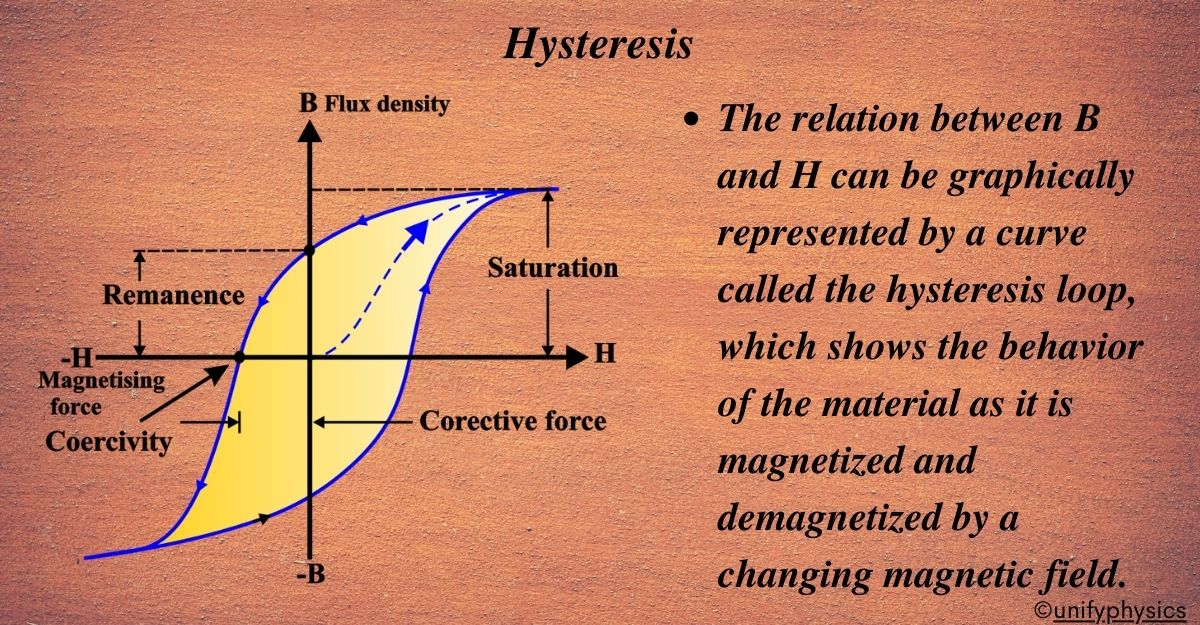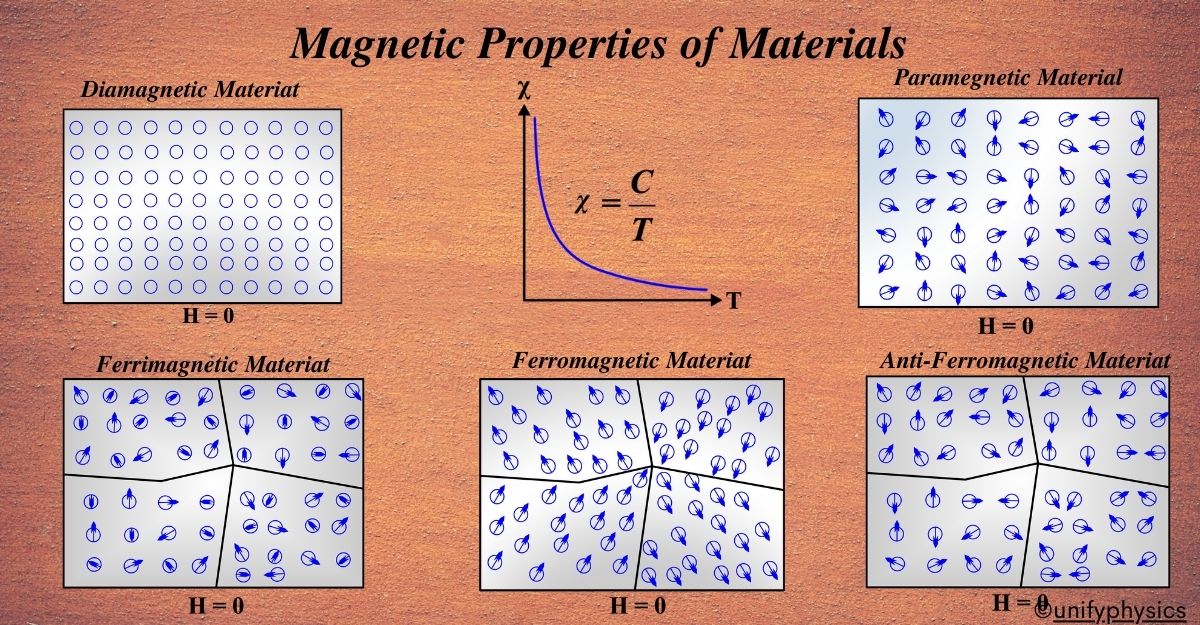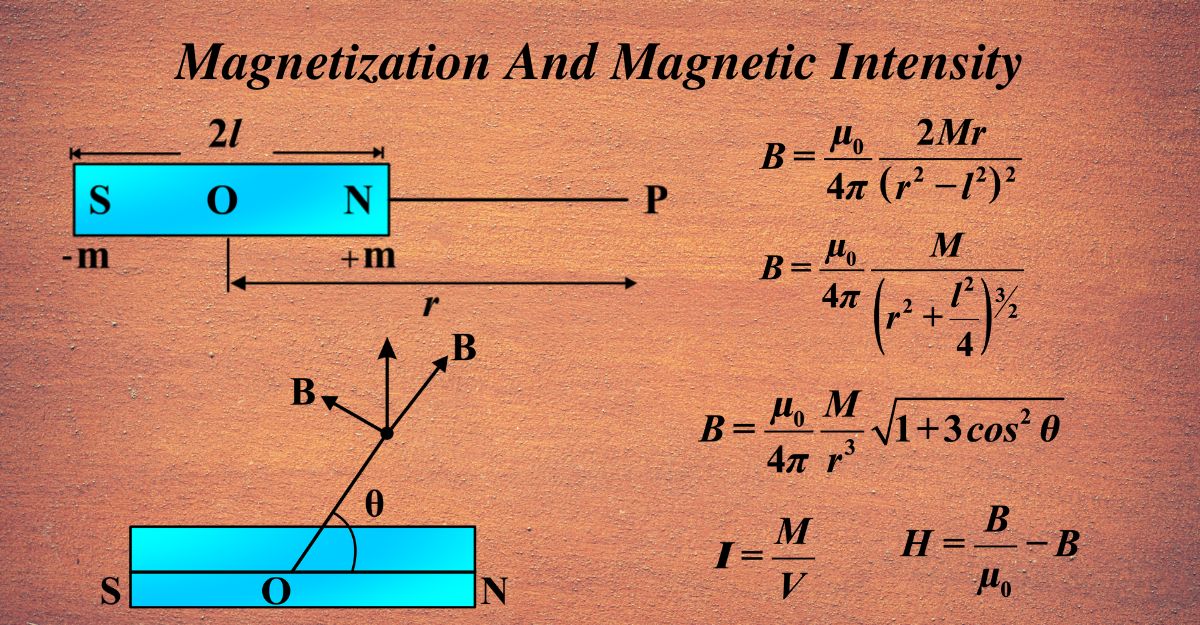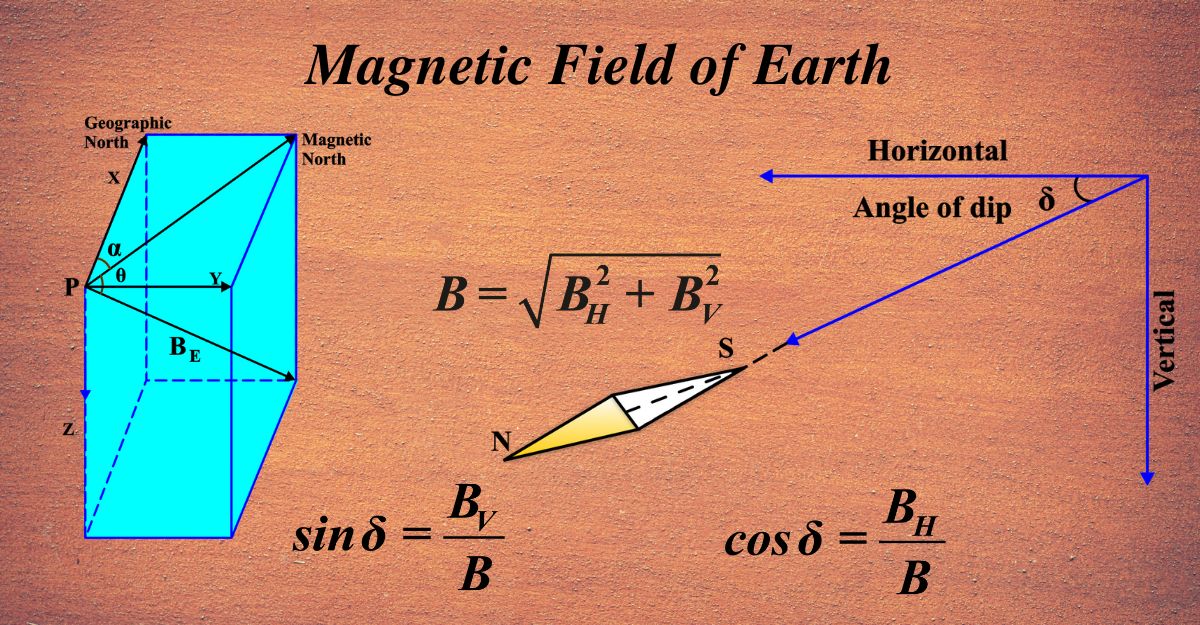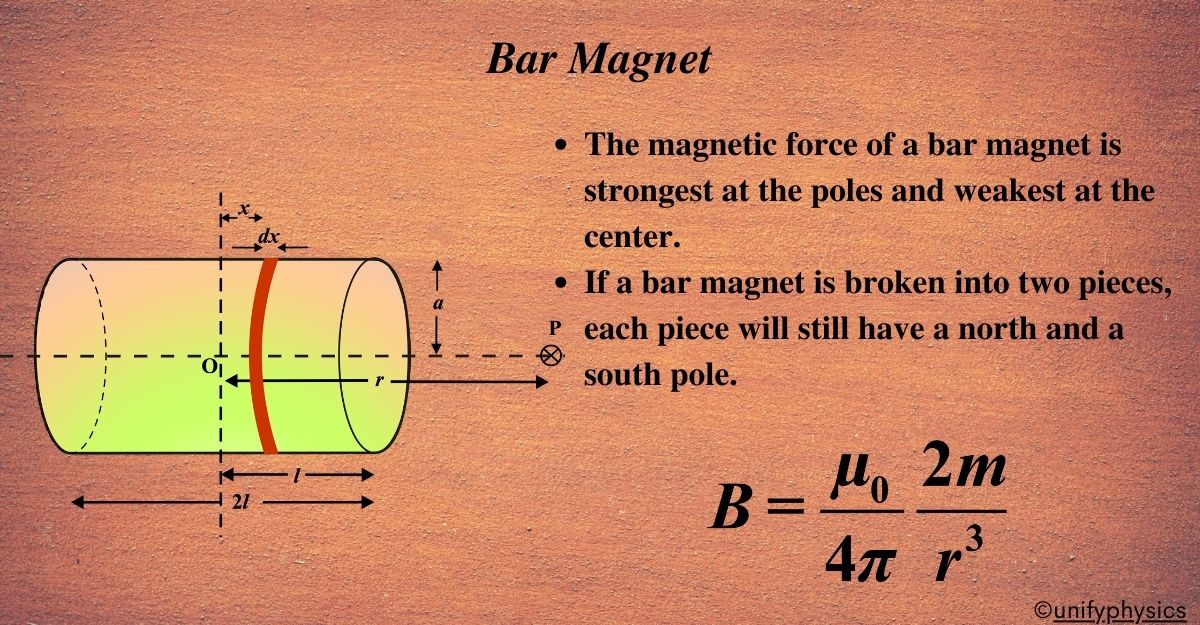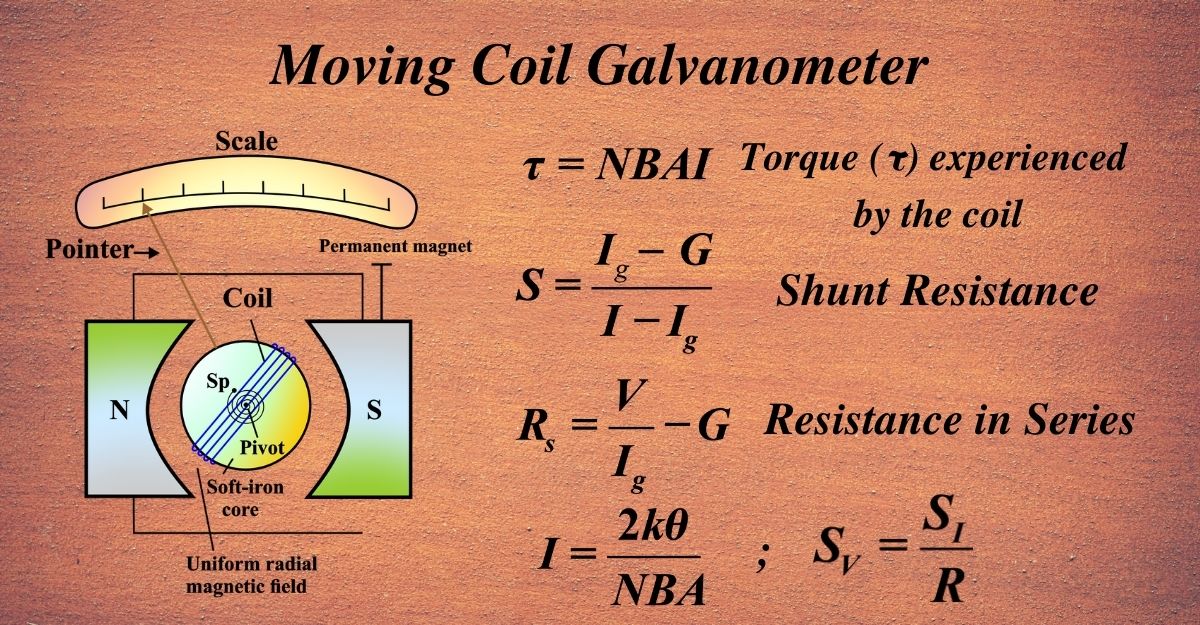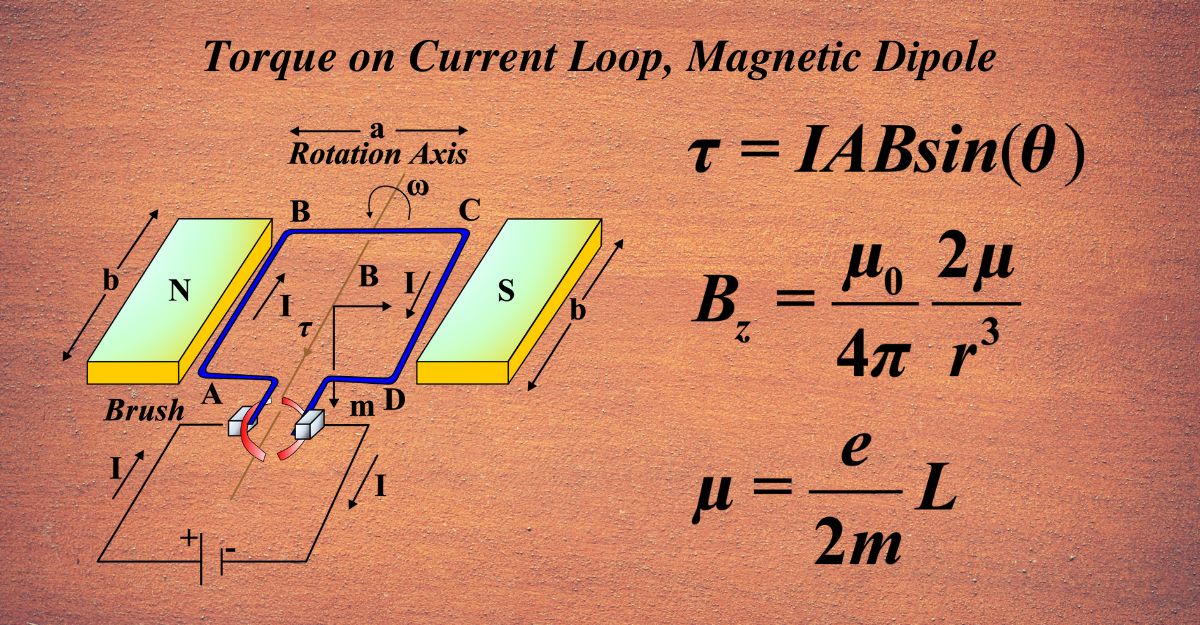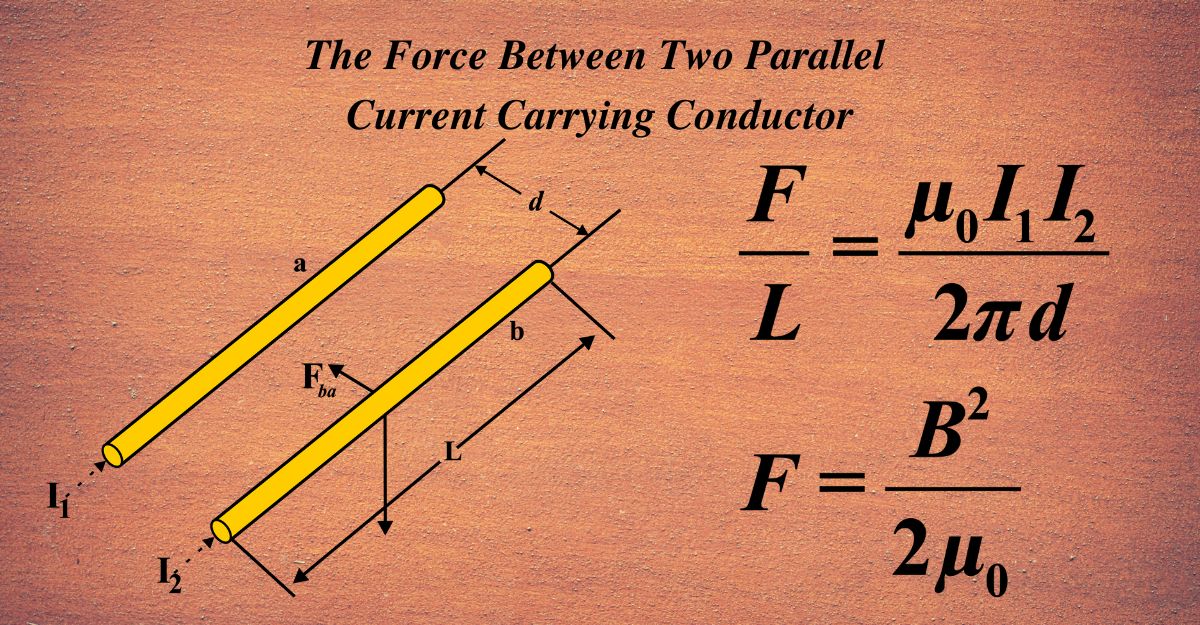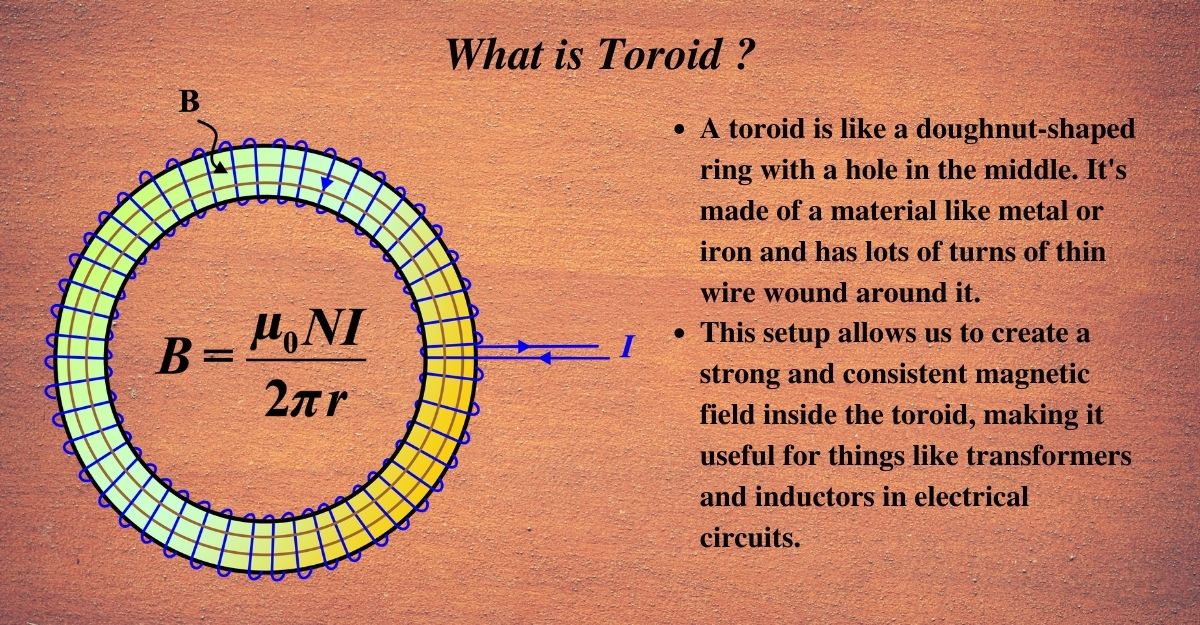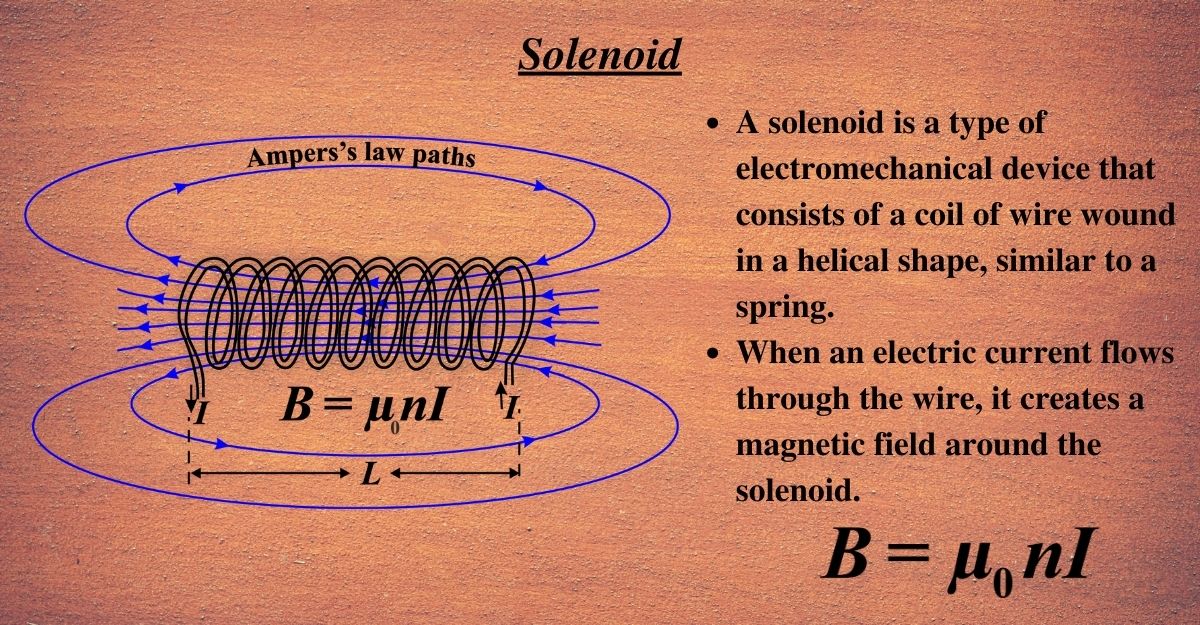Hysteresis
The story of hysteresis begins in the 19th century, but its roots stretch back to ancient times. The word “hysteresis” itself comes from an Ancient Greek word meaning “deficiency” or “lagging”. This term was chosen because it perfectly describes how certain materials react to changes not immediately, but with a delay, or lag. In 1881, … Read more
